Gardening in wet areas
TOTEMs
10 years ago
Related Stories
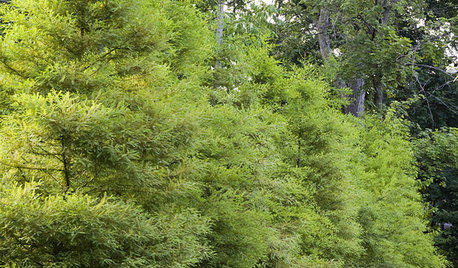
GARDENING AND LANDSCAPINGGreat Design Plant: Bald Cypress
Enjoy this beautiful tree's feathery foilage, fall color and tolerance of wet and dry soils
Full Story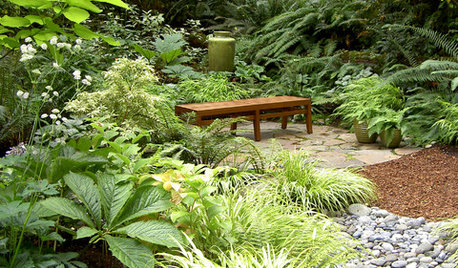
GARDENING GUIDESGreat Garden Combo: 6 Beautiful Plants for a Shady, Wet Site
Transform a shade garden with moisture-loving golden grasses, textural leaves and a sprinkling of flowers
Full Story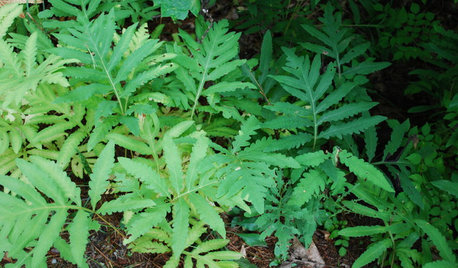
GARDENING GUIDESGreat Design Plant: Sensitive Fern Shows Its Strengths
Wondering what will thrive in your wet, shady garden? It’s Onoclea sensibilis to the rescue
Full Story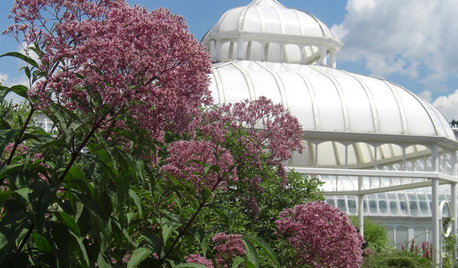
FLOWERSGreat Design Plant: Joe Pye Weed
This unsung beauty tolerates wet soil, provides beautiful late summer blooms and attracts butterflies and hummingbirds
Full Story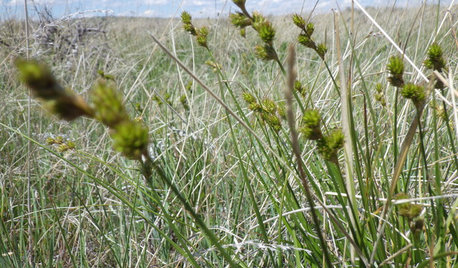
GARDENING GUIDESGreat Design Plant: Carex Brevior
This mounding sedge native to many U.S. states is tough as nails and can replace the traditional lawn in low-traffic areas
Full Story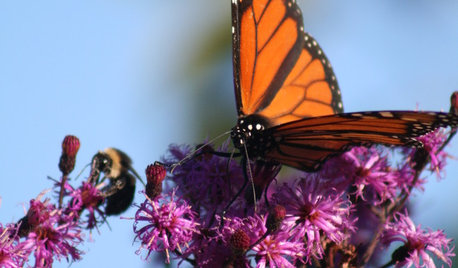
GARDENING GUIDESGreat Design Plant: Ironweed Fills Tall Garden Orders
Height, a slender form and a taste for wet soil make this native perfect for rain garden borders — and beneficial insects love it
Full Story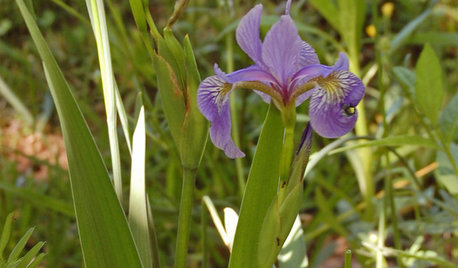
GARDENING GUIDESGreat Design Plant: Iris Versicolor
A versatile native iris for bridging wet and dry gardens
Full Story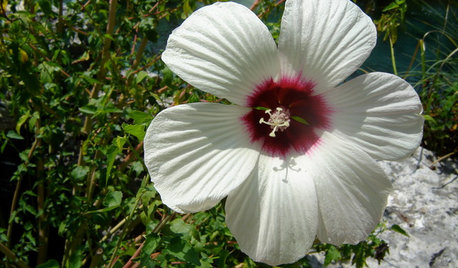
GARDENING GUIDESGreat Design Plant: Hibiscus Moscheutos
Crimsoneyed rosemallow is an ideal flowering perennial for wet sites and is ready to propagate now
Full Story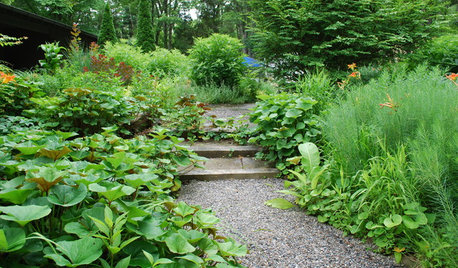
LANDSCAPE DESIGNTour a New American Garden in New Jersey
See how James Golden built his garden in a depression with wet clay and rogue cedars
Full Story
GARDENING GUIDESGreat Design Plant: Knock Out Roses
As glorious as their high-maintenance kin for a fraction of the work, Knock Out roses make even beginners look like garden stars
Full Story







susanzone5 (NY)
sunnibel7 Md 7
Related Professionals
Waunakee Landscape Architects & Landscape Designers · Allentown Landscape Contractors · Bloomington Landscape Contractors · Camp Verde Landscape Contractors · Norristown Landscape Contractors · Saint Paul Landscape Contractors · Soddy Daisy Landscape Contractors · Waltham Landscape Contractors · Wickliffe Landscape Contractors · York Landscape Contractors · Alexandria Driveway Installation & Maintenance · Easton Driveway Installation & Maintenance · Fullerton Driveway Installation & Maintenance · Raynham Driveway Installation & Maintenance · Roy Driveway Installation & Maintenanceglib
TOTEMsOriginal Author
glib
sunnibel7 Md 7
seysonn
emmers_m
planatus
woohooman San Diego CA zone 10a
zzackey
seysonn
TOTEMsOriginal Author
woohooman San Diego CA zone 10a
seysonn
TOTEMsOriginal Author
glib
2ajsmama
seysonn
TOTEMsOriginal Author
2ajsmama
emmers_m
oliveoyl3